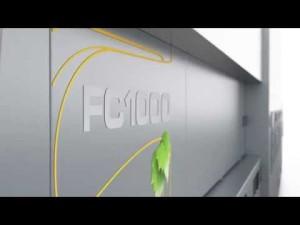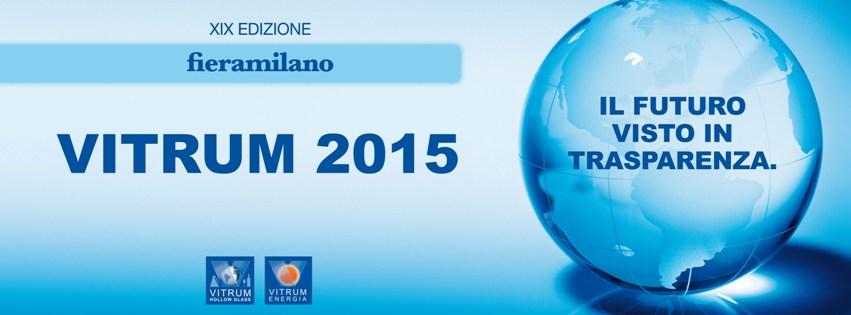 I frequently admit to readers that I have grown rather obsessed with 3D printing materials. What you print with, in my estimate, is as important as what you print. I think this sentiment derives largely from my interest in an ecologically sustainable 3D printing industry that includes biodegradable and recyclable materials. This article couldn’t come at a better time, because we really don’t hear as much about the 3D printing of glass, do we? Shapeways first announced its offering of 3D printing with glass in April 2010. And it also offered glass design rules (that includes all walls have to be 3 mm) that automatically exclude many designs from being printed in glass.
I frequently admit to readers that I have grown rather obsessed with 3D printing materials. What you print with, in my estimate, is as important as what you print. I think this sentiment derives largely from my interest in an ecologically sustainable 3D printing industry that includes biodegradable and recyclable materials. This article couldn’t come at a better time, because we really don’t hear as much about the 3D printing of glass, do we? Shapeways first announced its offering of 3D printing with glass in April 2010. And it also offered glass design rules (that includes all walls have to be 3 mm) that automatically exclude many designs from being printed in glass.
When I think about 3D printing glass I get very excited. 90% of the earth’s crust is silicate minerals, and glass is easy to recycle, it’s cheap, and and it looks and feels great too. Obviously, it’s not for everything. In fact, one of 3D printing’s big emphases is on durability and strength of printed objects, not fragility. But for those who are interested in the process of making glass stronger for industry and personal purposes, you can see the evolution of glass in the 3D printing space for yourself. From October 6 – 9, the international glass industry hosts Vitrum, a fair taking place in Milan, Italy where Finland’s Glaston Corporation plans to exhibit its latest developments and explorations of “the future of glass tempering.”
Before we dive into the topic of glass, we need to know more about Glaston Corporation. According to its website, Glaston delivers technologies and services to manufacture “the world’s best heat-treated glass” for use in architectural, appliance, solar, and automotive applications. Now, as any industry-leading company would do, Glaston has its sights on more 3D printed glass and tempering possibilities.
Arto Metsänen, CEO and President of Glaston Corporation, has this to say about the prospect:
“3D printing is a burning issue and was also discussed during the Glass Performance Days conference, held in June this year. 3D printing is a real possibility for the industry and will eventually change the total glass production chain. 3D printing will affect manufacturing of glass processing machines and Glaston wants to be in the forefront of this development.”
So, what exactly will visitors to Glaston’s Vitrum glass exhibit? To showcase 3D printing glass capabilities, “a 3D printed miniature model of the latest tempering line model will be seen at the stand.” Glass tempering is a process whereby glass sheets are heated — in a large industrial-sized furnace style machine — and then cooled quickly, resulting in a strengthened glass product. Glaston’s new tempering line is none other than the Glaston FC1000 which “continues FC500 tempering line’s renowned heritage.” According to Glaston, “FC1000 meets all demands for flatter and optically flawless glass. In addition, the furnace provides a significant increase in energy efficiency and Low-E glass tempering capacity.”
sheets are heated — in a large industrial-sized furnace style machine — and then cooled quickly, resulting in a strengthened glass product. Glaston’s new tempering line is none other than the Glaston FC1000 which “continues FC500 tempering line’s renowned heritage.” According to Glaston, “FC1000 meets all demands for flatter and optically flawless glass. In addition, the furnace provides a significant increase in energy efficiency and Low-E glass tempering capacity.”
I’m telling you, this is exciting. Glaston will also be showcasing its Glaston ProL, a flat laminating line, and the Glaston Matrix, which is a “new OEM-windshield press for bending deep sags and wrap round corners to tightest tolerances and with active convection heating to enhance production of windshields with conductive or heat reflective coatings.” Did you catch all of that?
If you are interested in 3D printing and glass possibilities, you can catch Glaston’s exhibit out this week at Vitrum in Milan, Italy. As Glaston states in a recent press release: “Only a firm gaze and a pair of glasses are needed for this unique experience.”
Subscribe to Our Email Newsletter
Stay up-to-date on all the latest news from the 3D printing industry and receive information and offers from third party vendors.
Print Services
Upload your 3D Models and get them printed quickly and efficiently.
You May Also Like
Consolidation in AM: How 2025 Is Shaping the Industry’s New Normal
The first half of 2025 has been marked by a clear shift in the additive manufacturing (AM) industry. Companies are no longer just focused on developing new tech by themselves....
Etsy Design Rule Change Reduces Selection of 3D Printed Goods
Online marketplace Etsy has implemented a rule change requiring all 3D printed goods on the site to be original designs. The update to the site’s Creativity Standards states, ¨Items produced using...
U.S. Congress Calls Out 3D Printing in Proposal for Commercial Reserve Manufacturing Network
Last week, the U.S. House of Representatives’ Appropriations Committee moved the FY 2026 defense bill forward to the House floor. Included in the legislation is a $131 million proposal for...
Transforming From Tourist to Native: Duro CEO Michael Corr Explains Why the Company Rebuilt its PLM Software on AI
In these early innings of the AI boom, many market analysts have expressed concern that AI spend has gotten too far ahead of the technology’s proven ability to deliver significant...


































